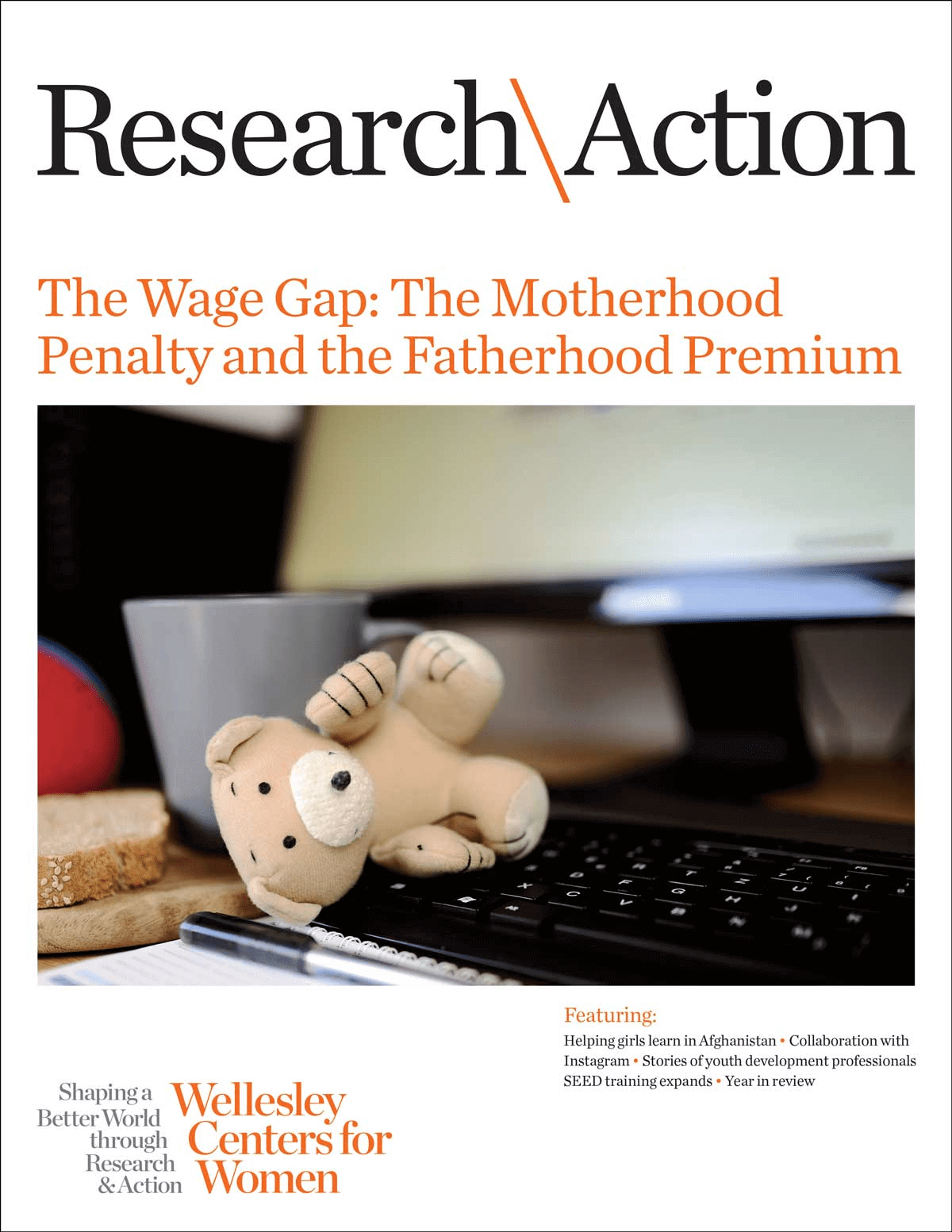 Senior Research Scientist Nan Stein, Ed.D., has spent more than 40 years conducting research on sexual harassment in K-12 schools. In a recent article published in the Journal of Social Issues, she and her longtime collaborator Bruce Taylor, Ph.D., chronicle the history of the movement to address sexual harassment in schools, from their unique perspective on the front lines.
Senior Research Scientist Nan Stein, Ed.D., has spent more than 40 years conducting research on sexual harassment in K-12 schools. In a recent article published in the Journal of Social Issues, she and her longtime collaborator Bruce Taylor, Ph.D., chronicle the history of the movement to address sexual harassment in schools, from their unique perspective on the front lines.
“Much of this history hasn’t been written or published before, so we had to unearth original documents from the messy boxes of history and piece them together,” said Stein. “It’s critical for the movement to have its history recorded, and for future activists to see how our work evolved.”
The social movement to address sexual harassment in K-12 schools in the United States traces its development to the larger women’s rights movement in the late 1970s. It was an outgrowth of the work of feminist activists who protested and filed lawsuits to draw attention to sexual harassment in the workplace, as an issue of equity for working women. The focus on sexual harassment in K-12 schools did not begin as an academic pursuit or with an emphasis on research, but as an activist movement to rectify injustices.
This is the firsthand, untold story of the role of educators and sometimes amateur research in raising awareness of the problem of sexual harassment in the K-12 school system
Stein and Taylor document the unwritten history of this social movement by examining the early roots of the work to address and prevent sexual harassment in K-12 schools. They focus specifically on those who worked in the education field, whether at the state level in the state education bureaucracy or at the local level in school districts across the U.S.
“This is the firsthand, untold story of the role of educators and sometimes amateur research in raising awareness of the problem of sexual harassment in the K-12 school system,” said Stein. “We had to rely in part on personal accounts, including my own, as I was identifying and studying sexual harassment from the 1970s to the 2000s.”
Stein and Taylor have worked together on Shifting Boundaries: Lessons on Relationships for Students in Middle School, a teen dating violence prevention intervention for schools, since 2005. They received funding from the National Institute of Justice of the U.S. Department of Justice to research the effectiveness of the intervention first in the suburbs of Cleveland, Ohio from 2005-2007, then in 55 urban middle schools in New York from 2008-2015. Shifting Boundaries is one of only three interventions out of more than 100 analyzed in a meta-analysis that have been identified by the Centers for Disease Control as effectively preventing sexual violence.
The Journal of Social Issues article looks not only backward but forward, emphasizing the need for current and future researchers to be reflective about their work, to maintain its feminist and gendered perspective, and to ensure research is translated into accessible language so that it is not limited to academic circles.
“In order to have an impact on our nation’s schools, this research needs to be available and accessible to educators, parents, students, and the general public,” said Stein. “That’s how we transform research into action.”


